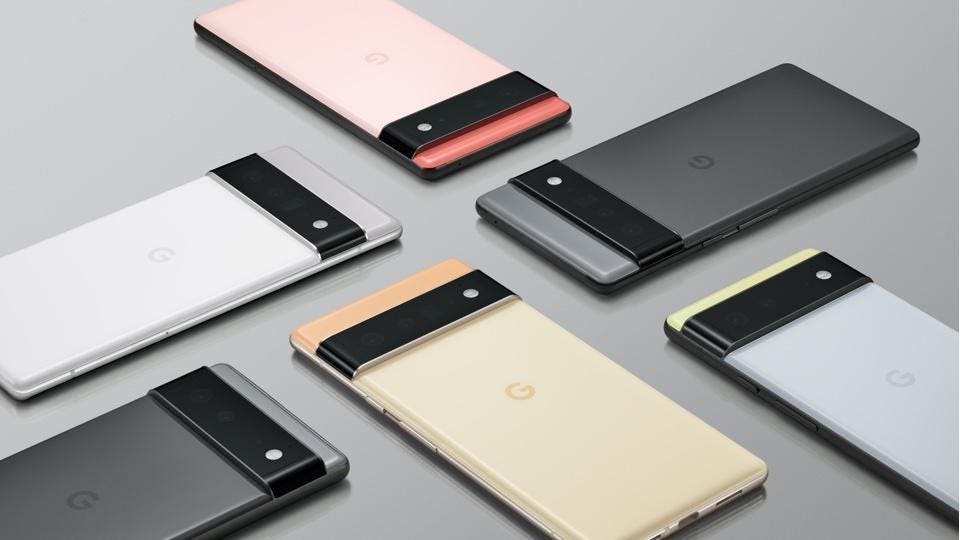Updated August 24th: article originally posted August 23rd.
As Google prepares to launch the Pixel 8 and Pixel 8 Pro, some curious details have come to light in the latest leaked details of the handsets.
Update: Thursday August 24th: One detail comes from Google itself. A new survey sent out to its “Pixel Superfans” asked a number of pointed questions, including questions about using a Pixel smartphone in a sporting environment. Which features would make a user more likely to purchase a Pixel? Two of the listed scenarios stand out.
First is “Eliminate the shouting of the fan in the next seat from your game-winning shot video with your phone’s amazing AI video noise removal.” The second is “Enhance the sound of your friends and family’s reactions during a thrilling game, while minimizing the background stadium noise with your phone’s amazing AI video noise removal.”
These features match the details of the Audio Magic Eraser tool discovered in a leaked promotional video. All it needs is for the “amazing” description to be replaced with the new AI and ML hardware built into the net generation mobile tensor chip, and Google will have something pretty special in its video editing suite for the Pixel 8 and Pixel 8 Pro.
Thanks to leaked images and renders from the prolifically accurate OnLeaks, we have a clear idea of the dimensions of the upcoming handsets and some key components. One obvious update is the move towards a flat display without the curves that should allow the handsets to be fractionally smaller.
There’s also something missing. Mishaal Rahman highlights the lack of physical SIM card slots on the images. While inconclusive, this suggests that there may be Pixel 8 models that will skip physical SIM cards and go all-in on an eSIM-only handset.
It’s worth pointing out that an Android tool to transfer eSIMs for another device was announced in February, expanding the capabilities of the platform. Given Google’s use of the Pixel platform to demonstrate what it sees as the best implementation of its flavor of Android, providing extended eSIM tools and backing this up with an eSIM-only smartphone is an easy prediction to make.
It does feel a bit of a risk, but it’s definitely a smart decision to commit to eSIM. Support for eSIM varies by territory so it’s likely that there will be physical SIM and eSIM variants of the Pixel 8 and Pixel 8 Pro handsets. Apple took this approach with the iPhone 14, offering the US market only eSIM versions while global markets had the physical SIM versions.
Throw in some key updates to the camera software alongside the next-generation Mobile Tensor chipset, and you have a strong, albeit iterative, update to the Pixel smartphone family.
Now read how Google is promoting the Pixel Tablet to Android users…
Read the full article here










